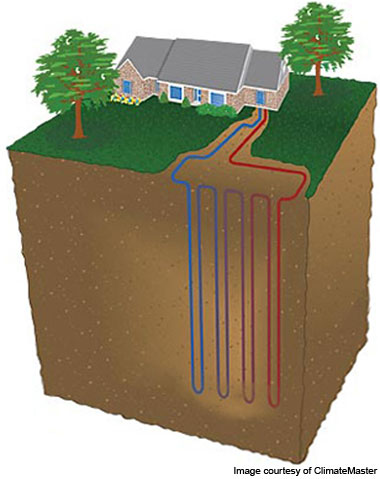
Metals are easier to recycle than many other substances. They can usually be melted down, and the quality of the end product is very high. This contrasts sharply with plastics, which always degrade to a substantailly lower-valued product when recycled.
Recycling metal is much more energy-efficient than mining it from scratch, so "mining" it from a house that's going to landfill is the right thing to do.
I've spent the past two workdays ripping metallic things out of the house that the Mill Creek NetZero Home will replace. It's dirty work that pays very little. read more... »



